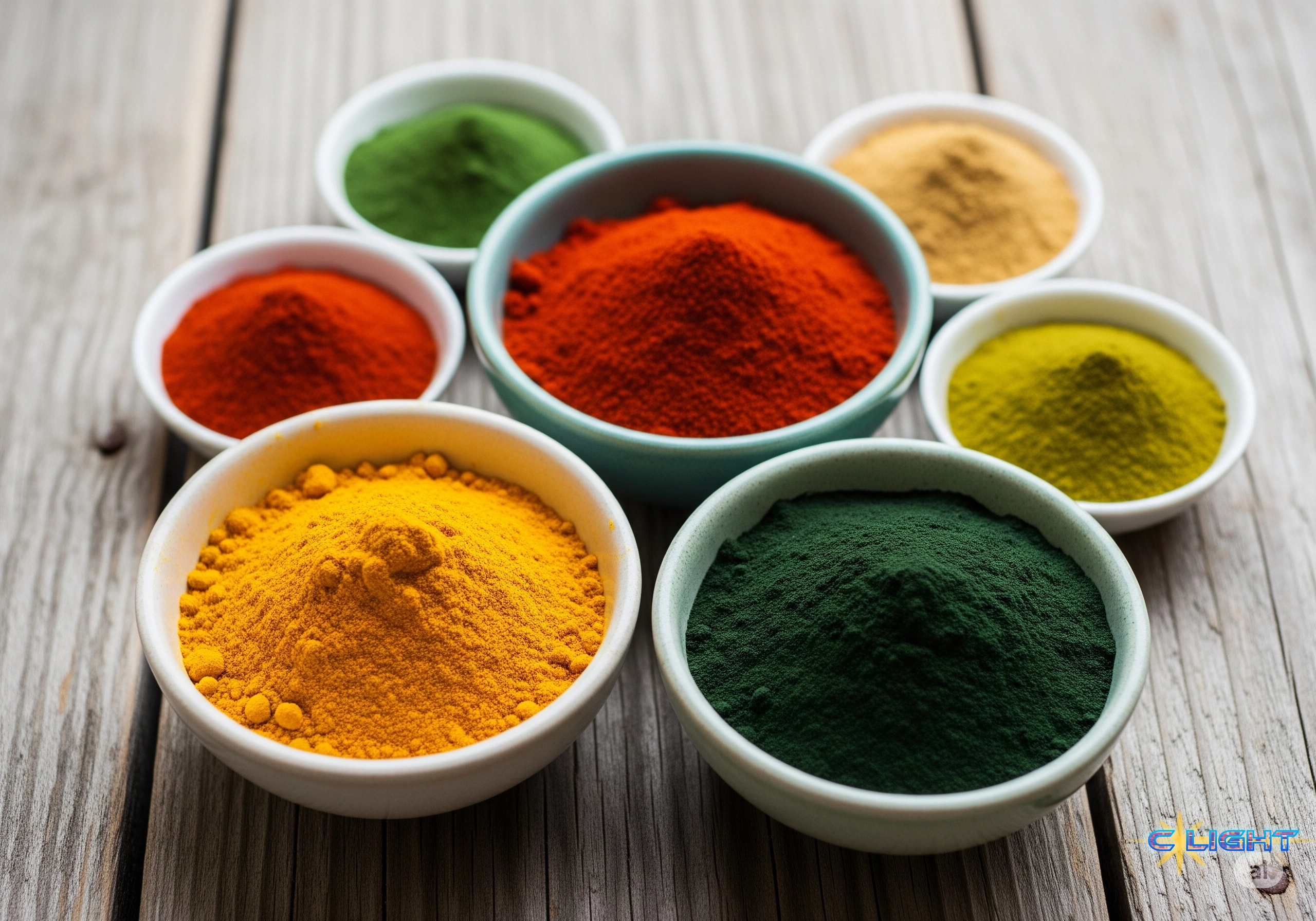What color is the food in front of you right now? That vibrant red in your child’s fruit punch, the electric orange of a cheese puff, the brilliant blue of a gelatin dessert? Chances are, it’s not that color at all. For generations, the American diet has been painted from a palette of petroleum-based, artificial dyes. But a seismic shift is underway, and that synthetic rainbow is beginning to fade. The recent landmark announcement by food giant Kraft Heinz to eliminate all artificial dyes from its U.S. products by 2027 is more than just a press release; it is the culmination of a multi-front war against the artificial, driven by state laws, federal pressure, and the ghosts of past marketing disasters.
The decision from Kraft Heinz, affecting iconic brands like Kool-Aid, Jell-O, and Crystal Light, was the tipping point, following similar pledges from other industry titans like Tyson Foods and PepsiCo. For decades, these companies have defended their use of synthetic colors, insisting the additives have been rigorously tested and proven safe. So, why the sudden, industry-wide capitulation? The answer is a complex story of political timing, scientific innovation, and a deep understanding of consumer psychology.
One could easily credit the new, aggressive posture of the federal government. The announcement came just months after Health and Human Services Secretary Robert F. Kennedy Jr., as part of his “Make America Healthy Again” campaign, declared his intention to phase out these dyes, citing concerns over their link to health issues in children, from ADHD to potential cancer risks. The administration’s approach has been a clear “velvet glove, iron fist” strategy. As the head of the FDA, Marty Makary, stated, the goal was to “start in a friendly way,” but the administration was simultaneously “exploring every tool in the toolbox” to force compliance.

But to give the Punk administration sole credit is to miss the larger picture. In truth, the national landscape was already being reshaped long before Secretary Kennedy took the stage. A groundswell of legislative action at the state level had already made the continued use of artificial dyes a logistical and legal nightmare for national corporations. In 2023, California passed a law banning the notorious Red Dye No. 3. West Virginia followed with an even more sweeping ban on seven different dyes in its schools and, eventually, its entire marketplace. With nearly two dozen other states actively pursuing similar legislation, the industry was facing a patchwork of regulations that made a single, national product formula impossible. Kennedy’s campaign didn’t start the fire; he poured gasoline on it, providing the political air cover and final push for companies like Kraft Heinz to make a change that was already becoming inevitable.
This transition, however, is fraught with its own sociological challenges. For many consumers, the phrase “all-natural” has become synonymous with “tastes like cardboard.” We eat with our eyes first, and decades of marketing have conditioned us to associate bright, vibrant, even unnatural colors with bold flavor. A less vibrant product risks being perceived as a blander, less effective one.
This is not a theoretical problem. It is a lesson the industry learned in the most public and humiliating way possible. In the early 1990s, PepsiCo embarked on a bold and expensive experiment rooted in the “clear craze” of the era. They took their flagship product, removed the artificial caramel coloring, and launched it as “Crystal Pepsi.” The marketing was immense, the hype was palpable, and the failure was total. Despite the taste being nearly identical, consumers rejected it wholesale. The absence of that familiar brown color violated a deep-seated psychological expectation. People believed it tasted different, and in the world of consumer products, perception is reality. The ghost of Crystal Pepsi has haunted every food and beverage company since, a constant reminder that removing color, even for the sake of purity, is a perilous gamble.

This is why the current shift is not toward colorless food, but toward a new, natural palette. The challenge for food scientists is not to remove color, but to replicate it. Modern food science has developed remarkable ways to create vibrant colors from natural sources, sidestepping the “cardboard” problem. The iconic orange of Kraft Mac & Cheese is no longer derived from Yellow No. 5 and No. 6, but from a precise blend of spices like paprika and turmeric. Stunning blues and greens are being extracted from spirulina, a type of algae. Deep reds and purples come from beet juice.
Furthermore, scientists are overcoming the natural limitations of these colors—their tendency to fade with heat or light—through advanced techniques like encapsulation, where the natural color molecules are wrapped in a protective, microscopic coating. The goal is to deliver a product that meets the consumer’s visual expectations while satisfying the new demand for natural ingredients.
The uncoloring of the American diet is here. It is a complex and fascinating story, driven not by a single actor, but by a confluence of forces: a grassroots legislative movement, a timely and aggressive federal push, the hard-learned lessons of past marketing failures, and the quiet innovation of scientists in a lab coat, figuring out how to paint a rainbow using only what nature provides. The food in front of you may soon be exactly the color it appears to be, a small but significant victory in the long fight for a more honest and healthy food supply.
Discover more from Clight Morning Analysis
Subscribe to get the latest posts sent to your email.










